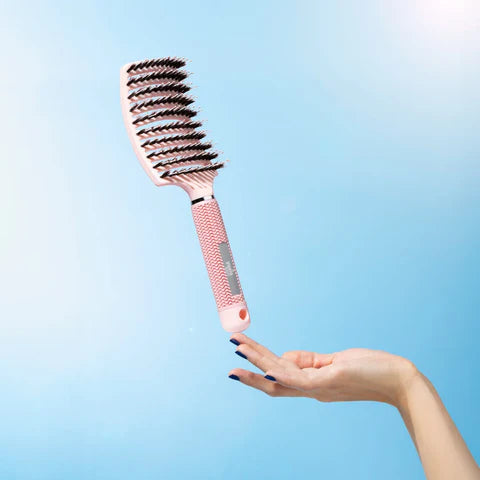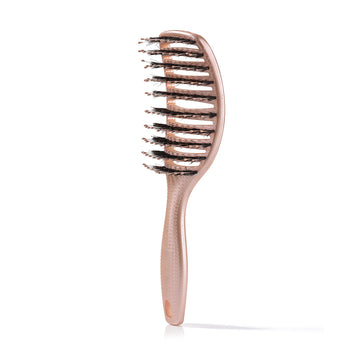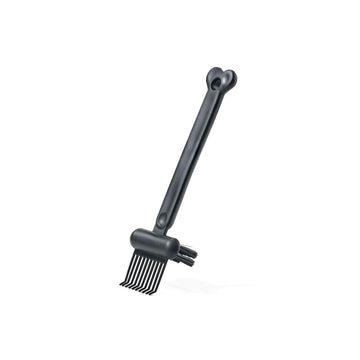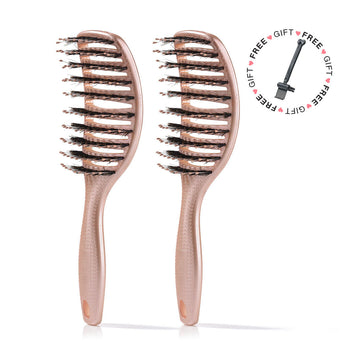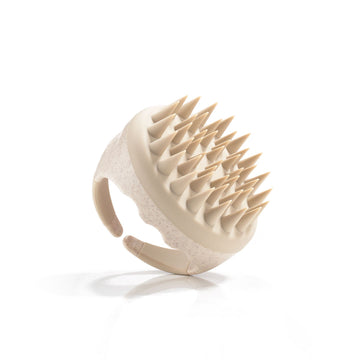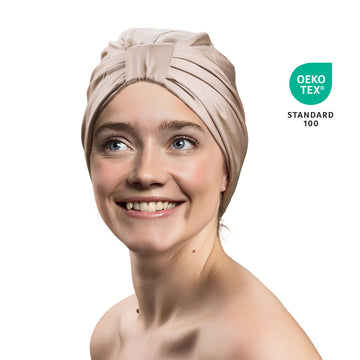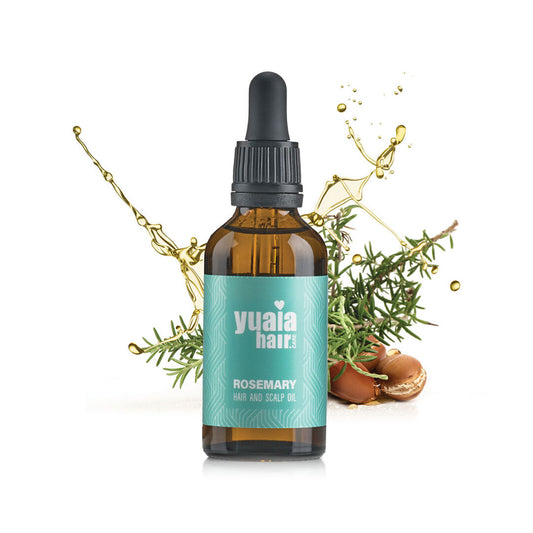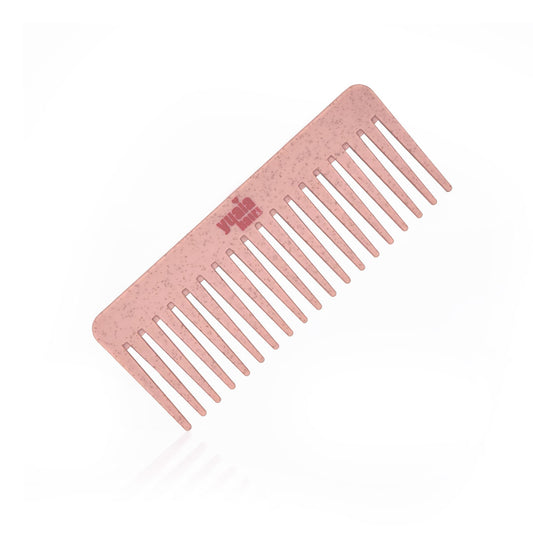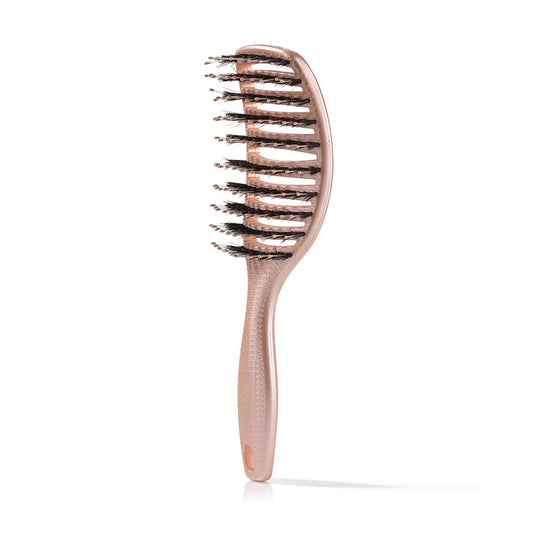
Root causes of frizzy hair
Frizzy hair is often misunderstood, especially when it appears in hair that isn't curly. The primary culprit is usually a lack of moisture. When hair is dry, the cuticle, which is the outermost layer, becomes raised. This allows moisture from the air to enter, causing the hair to swell and frizz. Hydrating products are essential in maintaining a balanced moisture level, which keeps the cuticle smooth and aligned.
Environmental factors: humidity
Humidity is another significant factor that exacerbates frizz. In humid conditions, hair tends to absorb water vapor from the air, leading to swelling and a frizzy appearance. Protecting your hair from humidity can involve using anti-frizz serums or styling products that create a barrier against moisture. For example, using a rosemary hair oil can help lock in moisture and smooth the hair cuticle, reducing frizz.
Impact of heat and chemical damage
Frequent heat styling and chemical treatments can severely damage the hair's structure. These processes increase the hair's porosity, making it more prone to frizz. To minimize damage, it's advisable to reduce the use of heated styling tools and opt for protective treatments. When heat styling is necessary, applying a heat protectant spray can shield your hair from high temperatures, helping to maintain its health and appearance.
Hair type and porosity considerations
Different hair types and porosity levels can also influence how prone your hair is to frizz. High porosity hair, whether due to genetics or damage, tends to absorb and lose moisture more easily, leading to frizz. Understanding your hair's porosity can guide you in choosing the right care routine. For instance, low porosity hair benefits from lighter moisturizers that don't weigh it down, while high porosity hair may require richer, more intensive treatments.
Frizz in straight hair: a closer look
It's a common misconception that only curly hair can be frizzy. Straight hair can also suffer from frizz, primarily when it is dry or damaged. This is because frizz is more about the texture and condition of the hair rather than its natural curl pattern. For those with straight hair, managing frizz involves focusing on moisture retention and gentle care. Using the right products and adopting a suitable hair care routine can help keep frizz under control.
One effective method for managing frizz in straight hair is to incorporate a wide-toothed comb into your routine. This type of comb helps to detangle hair gently, minimizing breakage and reducing frizz. Check out our wide-toothed comb for an effective solution to maintain smooth, frizz-free hair.
Practical solutions for frizzy hair
Managing frizzy hair requires a strategic approach that focuses on hydration, protection, and gentle care. Using the right products can significantly improve hair texture and reduce frizz. At Yuaia Haircare, we offer a rosemary hair oil that is perfect for locking in moisture and smoothing the cuticle. This oil can help create a protective barrier, keeping frizz at bay even in humid conditions.
Brushing techniques for smoother hair
Proper brushing techniques play an important role in managing frizzy hair. Using a brush that is gentle on the hair can help minimize breakage and reduce frizz. Our curvy brush with boar bristles is made to distribute natural oils evenly throughout the hair, enhancing shine and smoothness. This makes it an excellent choice for those looking to tame frizz without causing damage.
Frequently asked questions
Can straight hair be frizzy?
Yes, straight hair can be frizzy, especially if it is dry or damaged. Frizz is not exclusive to curly hair and can affect any hair type due to factors like moisture loss, environmental conditions, and improper hair care practices.
How can I prevent frizz in humid weather?
To prevent frizz in humid weather, use products that create a barrier against moisture, such as anti-frizz serums or oils. Additionally, consider using a microfiber towel to dry your hair gently, as it reduces friction and helps maintain smoothness.
What are the best practices for reducing frizz?
To reduce frizz, focus on maintaining moisture balance by using hydrating shampoos and conditioners. Avoid excessive heat styling, and always use a heat protectant when styling. Regular trims can also help remove split ends, which contribute to frizz.

 2-5 päivän toimitus
2-5 päivän toimitus
 100 000+ tyytyväistä asiakasta
100 000+ tyytyväistä asiakasta
 Tyytyväisyystakuu
Tyytyväisyystakuu






